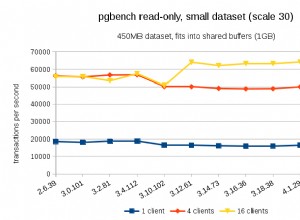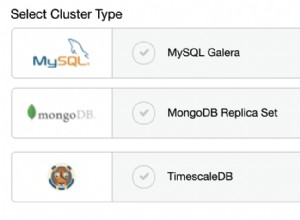EXCLUIR DA TABELA
1. DELETE is a DML Command.
2. DELETE statement is executed using a row lock, each row in the table is locked for deletion.
3. We can specify filters in where clause
4. It deletes specified data if where condition exists.
5. Delete activates a trigger because the operation are logged individually.
6. Slower than truncate because, it keeps logs.
7. Rollback is possible.
8. LIMIT clause can also be used to set a limit on the number of rows to be deleted.
9. ORDER BY clause can be used in DELETE statement. In this case, the rows are deleted in the specified order.
TRUNCAR TABELA
1. TRUNCATE is a DDL command.
2. TRUNCATE TABLE always locks the table and page but not each row.
3. Cannot use Where Condition.
4. It Removes all the data reset the auto increment number.
5. TRUNCATE TABLE cannot activate a trigger because the operation does not log individual row deletions.
6. Faster in performance wise, because it doesn't keep any logs.
7. Rollback is possible.
8. Cannot use LIMIT and ORDER BY.
EXCLUIR e TRUNCAR ambos podem ser revertidos quando usados com TRANSACTION. Se houver uma chave primária com incremento automático, truncar redefinirá o contador.




